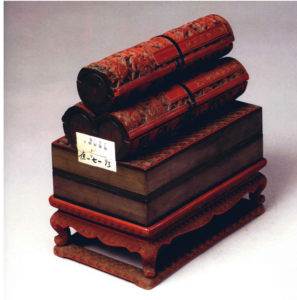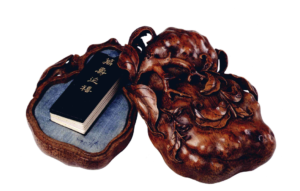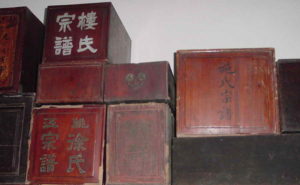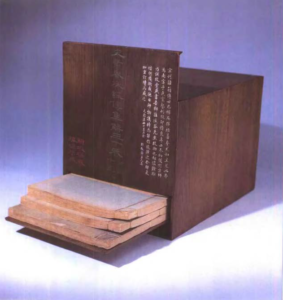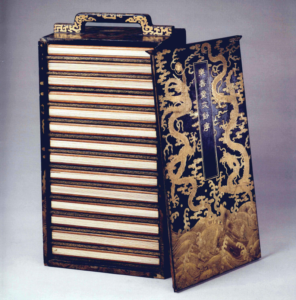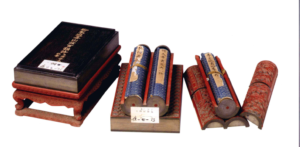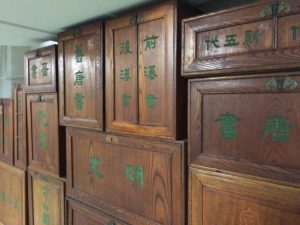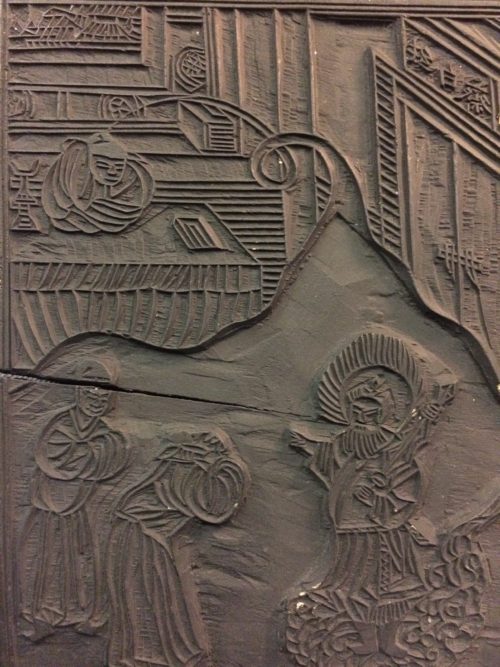One of the big problems with teaching Chinese history, as many will know, is the issue of accessibility. For non-Chinese reading students, many interesting primary sources are sadly inaccessible. There are obviously some great translations available, but as I recently learned trying to teach a seminar on the Kangxi reign, there’s still much work to be done.
In that spirit, I’ve decided to start making translations available. I have two primary reasons for this:
- Translations are not really worth anything on your CV. No matter how polished these things become, no tenure or job committee will ever see them as terribly significant. The amount of work it would take to get them really polished and then published is irksome, given the limited returns.
- Sharing is caring. Everyone I know has piles of unpublished translations. It seems like an awful waste to wait for the translator to die and to later discover them in their papers. Having spent the last couple of years discovering finished translations of long-dead Sinologists, I’ve decided that I may as well embarrass myself now.
So, to that end, please check out the new translations section on the site.When I realize I’m too busy to actually fix errors in the reams of material I have started, I’ll share things on the main page.
Now, for a brief introduction to the first set of materials.
As a “New Qing” historian/intellectual historian, I’ve found myself looking for materials on zhengtong several times in my brief teaching career. That inspired me, with the aid of Maura Dykstra, to pull together a few documents on the idea of “China,” zhengtong, and the role of history. These documents would pair well with Treason by the Book, a unit on modern China culminating in Zou Rong and nationalism, or whatever else you think is interesting.
Zhengtong and History
One final note: There will be errors in these. I’ll edit and re-edit as I use them. These are not translations for anyone to quibble with. If you have a problem with them, edit them for your classes (and add your name under ours). Please don’t fill up my inbox with trivial complaints. Major issues, are of course, welcome to be brought to my attention. If you want to comment, please comment on how you use them in your classes, or, better yet, with names of similar texts you think should make it on to the list.
